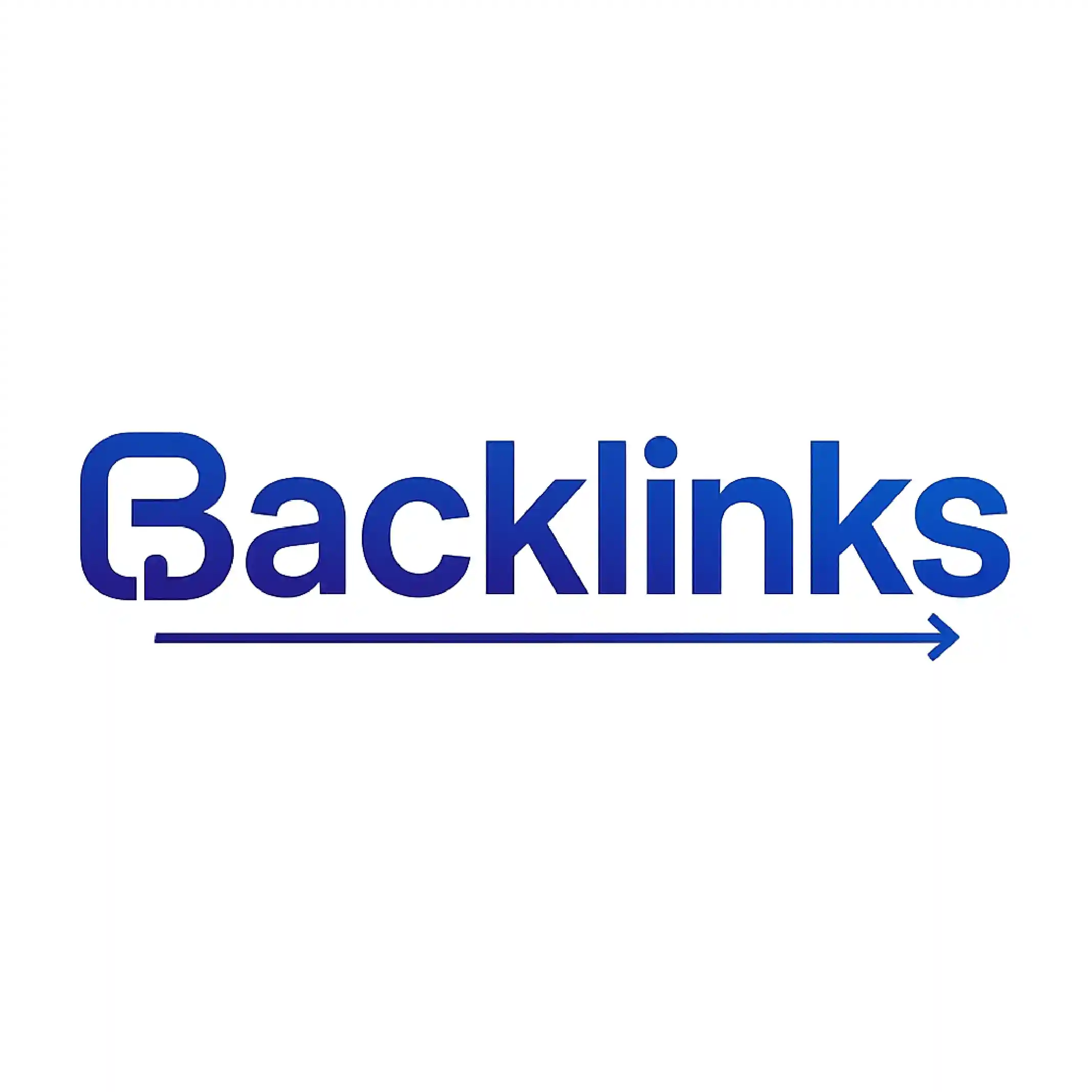Google Already Shows You How To Rank
TL;DR - Open GSC → Performance → Queries, sort by Impressions, grab high-impression + low-click terms, and update pages or create new ones around those queries—stop guessing and double down on what’s already working.

Google Already Tells You the Keywords
Google is literally showing you what it wants to rank you for—your job is to look and act. In Google Search Console, the Queries report reveals terms already connected to your site but not yet earning clicks.
- Path: Search Console → Performance → Search results → Queries
- Sort by Impressions (desc)
- Spot high impressions + low clicks/low CTR candidates
- Prioritize terms with Avg. position ≈ 3–20 for faster wins

Turn Queries into Content (Update vs. New Page)
Once you’ve flagged opportunities, decide whether to update an existing page (when intent matches) or build a new page (when intent is distinct). Align titles, headings, and sections to the exact phrasing users search.
- Update an existing page
- Refresh title tag and H1 to mirror the query
- Add a focused H2 section (150–300 words) directly answering it
- Tighten meta description to promise the result
- Add 2–3 contextual internal links with descriptive anchors
- Create a new page
- Draft a dedicated service/how-to/comparison/location page
- Outline: H1 → Outcome → Steps/Features → Proof → CTA
- Link from homepage module, relevant blogs, and parent pages

Ship, Signal, and Track the Lift
Publish quickly, give Google a nudge to re-crawl, and watch CTR and clicks rise. This is exactly how we took a client from barely being seen to hundreds of clicks per month—no ads.
- Request indexing: URL Inspection → Request indexing
- Log your baseline (date, query, CTR, position, target URL)
- Monitor CTR, position, clicks at 7/14/28 days
- Iterate: expand winners, refine underperformers


.svg)




